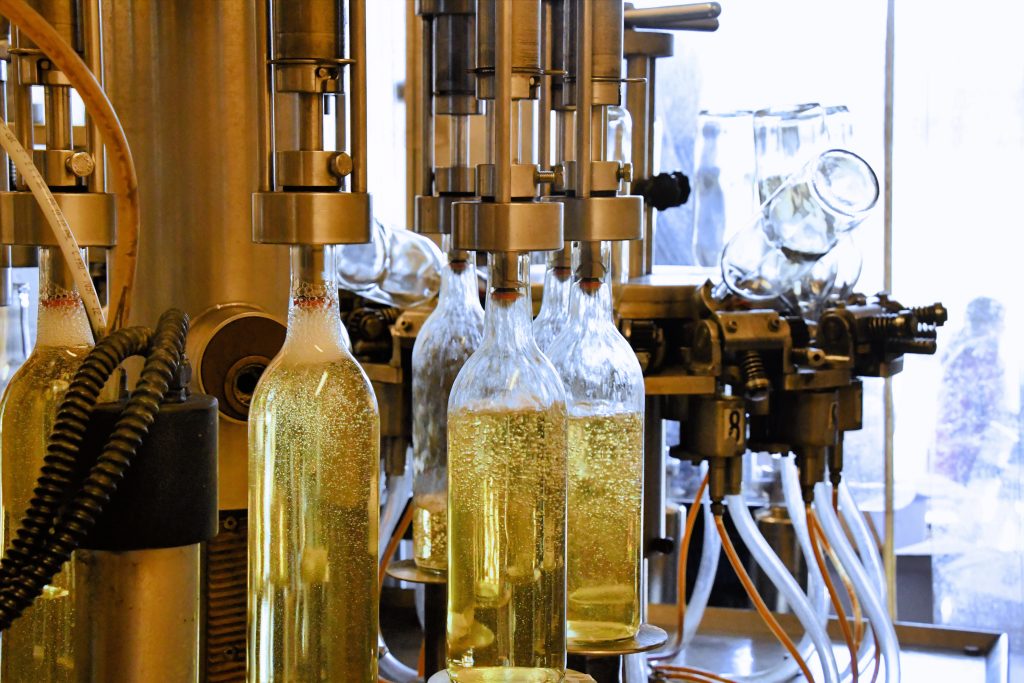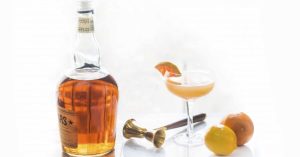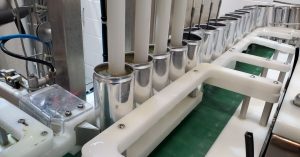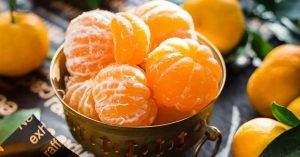Key Highlights
- Explore the latest trends in alcoholic beverage formulation, including the rise of low-alcohol and non-alcoholic options.
- Delve into the science behind innovative alcoholic beverages through fermentation and distillation processes.
- Learn about the impact of aging techniques on flavor profiles, enhancing the overall beverage taste.
- Discover sustainable practices in alcoholic beverage production, focusing on water conservation, waste reduction, and ethical ingredient sourcing.
Introduction
The world of alcoholic beverages is experiencing a dynamic shift, fueled by relentless innovation in beverage formulation. This evolution within the beverage industry is a testament to the creativity and scientific expertise dedicated to developing exciting and unique alcoholic drinks.
From concept to the final product, beverage development involves intricate processes that balance taste, quality, and consumer preferences.
Let’s explore the latest trends shaping this innovative landscape.
Exploring the Latest Trends in Alcoholic Beverage Formulation
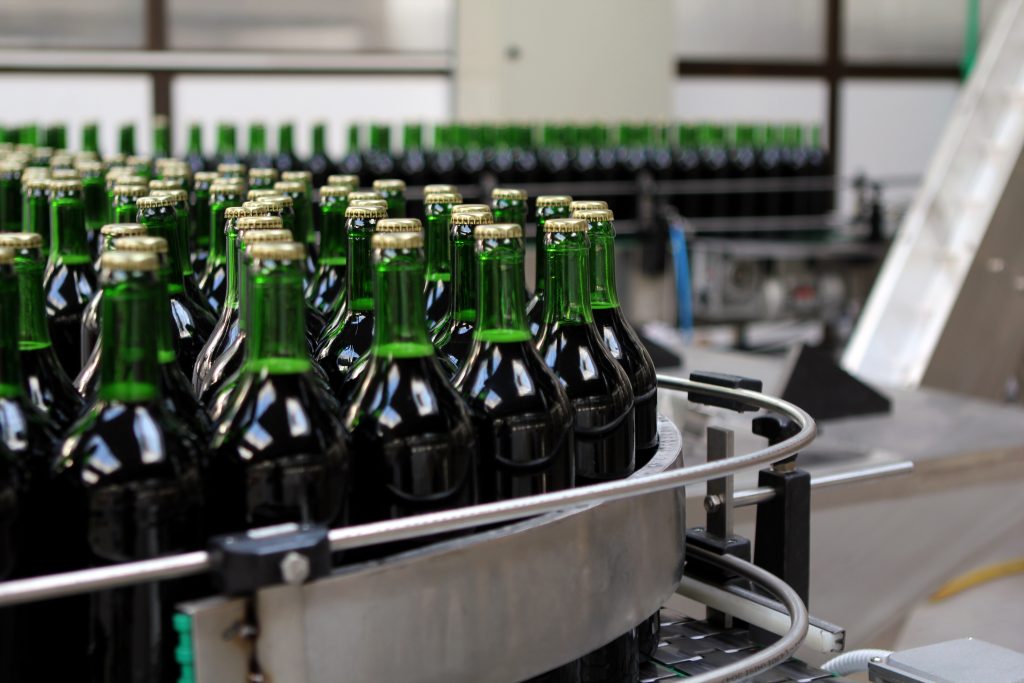
The alcoholic beverage industry is witnessing a surge in innovative trends that cater to evolving consumer needs and preferences. Consumers are increasingly conscious of their choices, demanding healthier options and unique flavor experiences.
This has led to a wave of new product development and exciting experimentation in the alcoholic beverage formulation process.
The Rise of Low-Alcohol and Non-Alcoholic Options
One of the most significant shifts in the alcoholic beverage sector is the surging popularity of low-alcohol and non-alcoholic options. This trend is driven by health-conscious consumers seeking alternatives to traditional, higher-alcohol content drinks.
The market now offers a wide array of choices, from low-alcohol beers and wines to sophisticated non-alcoholic spirits that beautifully mimic the taste and experience of their alcoholic counterparts.
This shift towards mindful drinking reflects a broader societal focus on wellness and balanced lifestyles. The availability of diverse types of beverages in this category ensures consumers have plenty of options without compromising on flavor or experience.
Incorporation of Natural and Organic Ingredients
Consumers are increasingly gravitating toward products that reflect their values, with ingredient transparency becoming a key priority. This shift has fueled the growing demand for natural and organic ingredients in alcoholic beverages.
As a result, more consumers are opting for drinks made with real fruit juices, botanical extracts, and natural sweeteners, steering clear of artificial flavors and additives.
This shift signifies a move toward a more “clean label” approach, where consumers are well-informed about what goes into their drinks.
The use of natural and organic ingredients not only enhances the taste and quality of alcoholic beverages but also aligns with the growing consumer demand for healthier and more sustainable options.
The Science Behind Innovative Alcoholic Beverages
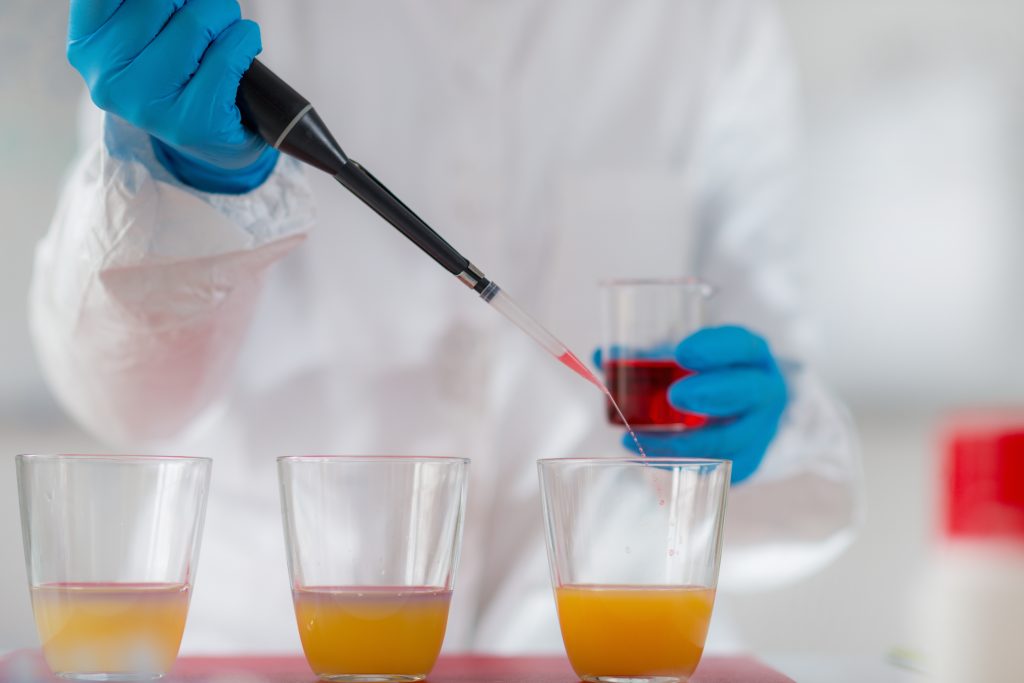
The art of crafting exceptional alcoholic beverages lies in the delicate balance between science and creativity. Scientific principles, particularly those relating to fermentation and distillation, form the foundation for innovative alcoholic beverages.
Understanding these processes and skillfully manipulating variables allows beverage creators to unlock new realms of flavor and aroma, satisfying even the most discerning palates.
Understanding the Role of Fermentation and Distillation
Fermentation, a process utilizing microorganisms like yeast to convert sugar into alcohol, forms the backbone of alcoholic beverage development. This biochemical transformation is key to developing the distinct characteristics of various alcoholic drinks.
Distillation, on the other hand, involves separating and concentrating alcohol from the fermented mixture, playing a crucial role in the production of spirits.
By meticulously controlling variables such as temperature, yeast strains, and distillation techniques, producers can achieve distinct flavor profiles and alcohol content. These scientific processes, therefore, are fundamental to the diversity and complexity we observe in alcoholic beverages.
The Impact of Aging Techniques on Flavor Profiles
Aging is crucial in shaping the final character and complexity of alcoholic beverages, especially wine and spirits. Aging involves storing the beverage in various containers, such as oak barrels, stainless steel tanks, or even clay vessels, for a specific duration.
This interaction between the beverage and its environment significantly impacts its flavor profile. For instance, oak barrels impart desirable flavors like vanilla, spice, and toasted notes, while aging in stainless steel preserves the beverage’s fresh, fruity aromas.
Additionally, controlled oxidation during aging can contribute to the development of smoother, more rounded flavors. Ultimately, mastering aging techniques is an art in itself, allowing producers to fine-tune their beverage taste and create unique sensory experiences.
Sustainable Practices in Alcoholic Beverage Production

The alcoholic beverage industry is increasingly recognizing its responsibility towards environmental sustainability. This commitment extends beyond crafting delicious drinks to encompassing eco-friendly practices in every step of the production process.
From water conservation to ethical sourcing, sustainability is no longer a trend but a responsibility.
Water Conservation and Waste Reduction Techniques
Water is a crucial ingredient in alcoholic beverage production. Therefore, implementing water conservation techniques throughout the production process is essential for minimizing environmental impact. Some widely adopted practices include:
- Efficient Cleaning Processes: Implementing closed-loop cleaning systems and utilizing water-saving cleaning agents significantly reduces water consumption during equipment sanitation.
- Optimized Irrigation: For breweries and wineries that cultivate their raw materials, adopting efficient irrigation techniques, such as drip irrigation or water-harvesting methods, minimizes water usage in agriculture.
- Wastewater Treatment: Treating wastewater generated during production makes it suitable for reuse or safe discharge, reducing pollution and maximizing water resources.
Implementing these sustainable practices ensures the responsible use of this precious resource.
Ethical Sourcing and Transparency in Ingredient Procurement
As consumers become more discerning and environmentally conscious, ethical sourcing of ingredients is paramount for the alcoholic beverage industry. Transparency in ingredient procurement fosters trust and demonstrates a commitment to sustainability. This means partnering with suppliers who adhere to fair labor practices, utilize sustainable farming methods, and minimize their ecological footprint.
By prioritizing ethical sourcing, the alcoholic beverage industry ensures the production of high-quality products while supporting fair trade practices and responsible resource management.
Cheers!
Innovations in alcoholic beverage formulation are reshaping the industry landscape. With a focus on low-alcohol and non-alcoholic options, the inclusion of natural ingredients, and sustainable production practices, the market is evolving to cater to changing consumer preferences.
Understanding the science behind fermentation, distillation, and aging techniques is crucial for creating unique flavor profiles. Embracing sustainability through water conservation and ethical ingredient sourcing not only benefits the environment but also enhances brand transparency.
To stay updated on the latest trends and techniques in alcoholic beverage formulation, get in touch with our experts today.


